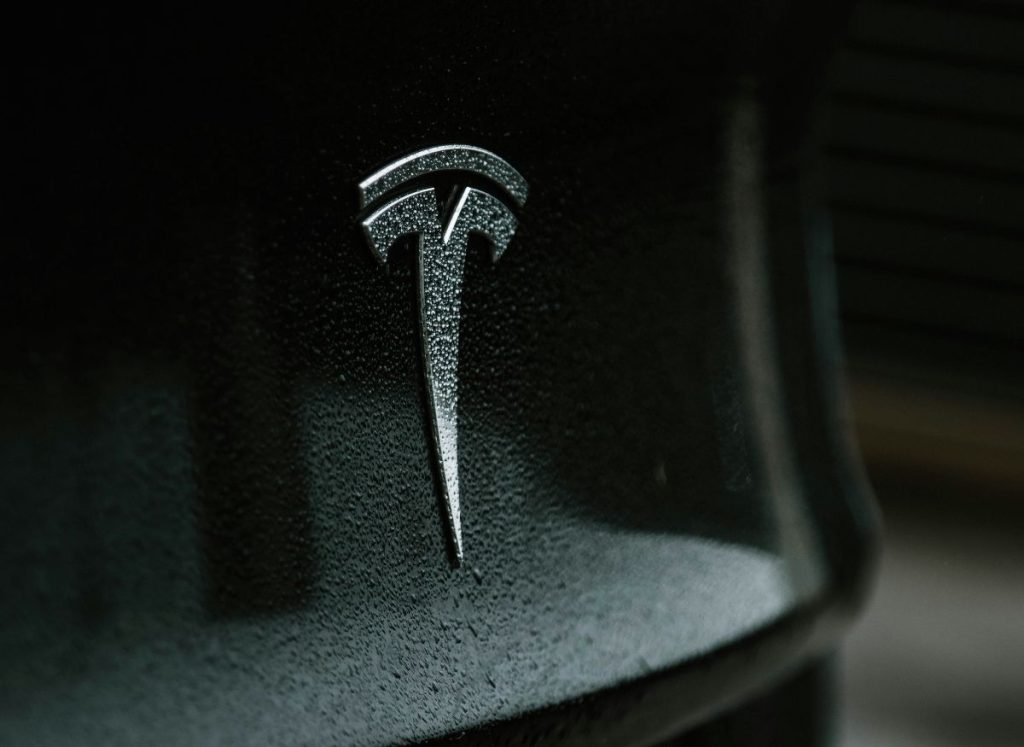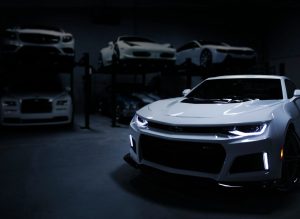The rise of electric vehicles (EVs) has brought some exciting options to the market, and two of the most talked-about contenders are the Tesla Model 3 and the Polestar 2. Both vehicles offer exceptional performance, advanced technology, and eco-friendly credentials, but they cater to slightly different preferences and priorities. Whether you’re a tech enthusiast, a luxury seeker, or simply looking for a practical EV, this comparison will help you decide between these two popular models.
Design and Aesthetics
Tesla Model 3
The Tesla Model 3 is known for its minimalist and futuristic design. Its sleek exterior and clean lines not only enhance its aerodynamic efficiency but also make it a standout on the road. Inside, the Model 3 is dominated by a single 15-inch touchscreen that controls nearly all vehicle functions, creating a clutter-free cabin.
Polestar 2
In contrast, the Polestar 2 combines Scandinavian sophistication with a more traditional design approach. The exterior features bold, angular lines that give it a distinctive presence, while the interior is crafted with high-quality materials and a mix of tactile controls and digital interfaces. This blend of functionality and luxury appeals to drivers who value a tactile, premium experience.
Why This Matters
While the Tesla Model 3’s futuristic minimalism appeals to tech enthusiasts, some drivers may prefer the Polestar 2’s balanced approach, which combines modern technology with familiar, user-friendly controls.
Performance and Range
Tesla Model 3
Performance is one of Tesla’s strongest suits. The Model 3 Performance variant delivers an impressive 0-60 mph time of 3.1 seconds, making it one of the quickest vehicles in its class. The Long Range version offers up to 358 miles per charge, ensuring you can go the distance with minimal stops.
Polestar 2
The Polestar 2 holds its own with a dual-motor setup that delivers strong acceleration, achieving 0-60 mph in 4.5 seconds. Its range, however, is slightly shorter, topping out at around 270 miles. While this is sufficient for most drivers, it falls behind the Tesla Model 3 in terms of efficiency for long-distance travel.
Challenges and Solutions
Tesla Model 3: Limited access to third-party charging networks may restrict charging options in certain areas. Tesla is addressing this by gradually opening its Supercharger network to other EVs.
Polestar 2: Its shorter range is a challenge for long-distance drivers, but Polestar’s compatibility with a wide array of charging networks, like Electrify America, provides flexibility.
Technology and Features
Tesla Model 3
Tesla is renowned for its cutting-edge technology. The Model 3 offers over-the-air updates, ensuring that software and features continually improve over time. Its Autopilot system provides advanced driver assistance, and the Tesla ecosystem integrates seamlessly with the vehicle for a futuristic driving experience.
Polestar 2
The Polestar 2 is one of the first cars to use an Android Automotive operating system, which includes built-in Google Maps, Google Assistant, and Google Play apps. Its intuitive interface and voice control make it a tech-savvy competitor, even if it doesn’t match Tesla’s depth of over-the-air updates or self-driving features.
What to Watch For
Tesla Model 3: Tesla’s proprietary ecosystem limits third-party app integration, though frequent updates add new features and improve functionality.
Polestar 2: The Android system is user-friendly and familiar to smartphone users but may feel restrictive to those outside the Google ecosystem.
Comfort and Practicality
Tesla Model 3
The Model 3’s spacious interior and ample cargo space make it a practical choice for families and travelers. Its minimalist design maximizes space, though some drivers find the lack of tactile controls less user-friendly.
Polestar 2
The Polestar 2 focuses on comfort, offering premium seating and high-quality materials throughout the cabin. While its cargo space is slightly smaller than the Model 3’s, its thoughtful design and intuitive controls make it a luxurious and practical option.
Why It’s Game-Changing
Tesla’s emphasis on simplicity and spaciousness is ideal for tech-savvy drivers, while Polestar 2’s luxury and comfort cater to those seeking a refined experience.
Price and Value
Tesla Model 3
The Tesla Model 3 starts at a competitive price point, making it an accessible option for many EV buyers. Higher trims with extended range and performance features add value but can quickly raise the cost.
Polestar 2
The Polestar 2 is priced slightly higher, reflecting its premium materials and craftsmanship. While it doesn’t offer the same range or performance at the base level, it appeals to drivers who prioritize luxury over outright speed.
The Impact
Tesla’s aggressive pricing strategy positions the Model 3 as an excellent all-around value, while Polestar’s premium pricing targets buyers seeking a more upscale experience.
Final Thoughts
Choosing between the Tesla Model 3 and Polestar 2 ultimately depends on your priorities. If you value cutting-edge technology, superior range, and a robust charging network, the Model 3 is the clear winner. However, if you’re drawn to luxury, intuitive design, and a more traditional driving experience, the Polestar 2 may be the better fit.
Both models face challenges—Tesla’s minimalist design and Polestar’s shorter range—but ongoing innovation and infrastructure development are addressing these issues. Whether you choose Tesla’s tech-forward appeal or Polestar’s refined comfort, both vehicles showcase the best of modern EV technology, ensuring a sustainable and exciting driving future.













